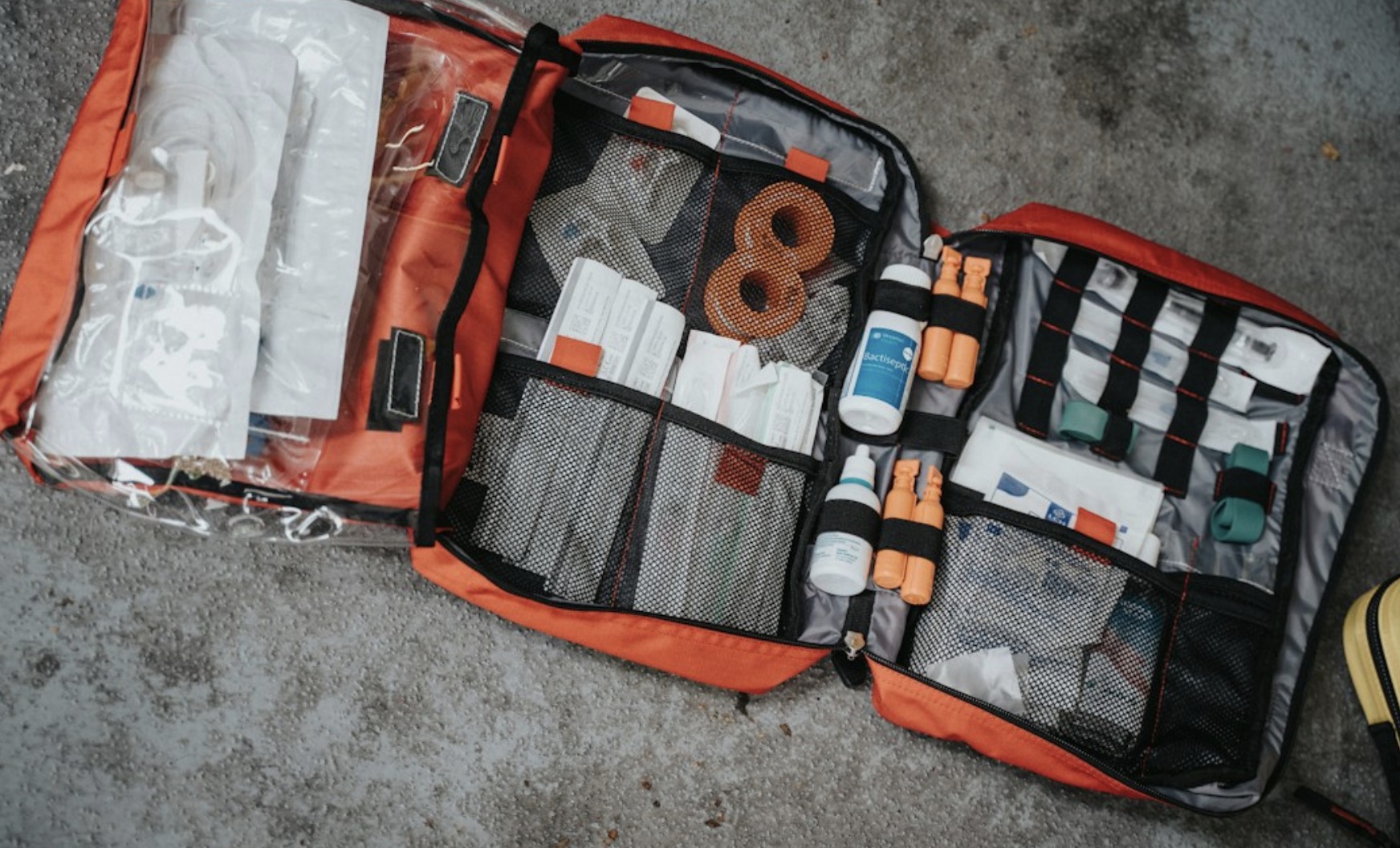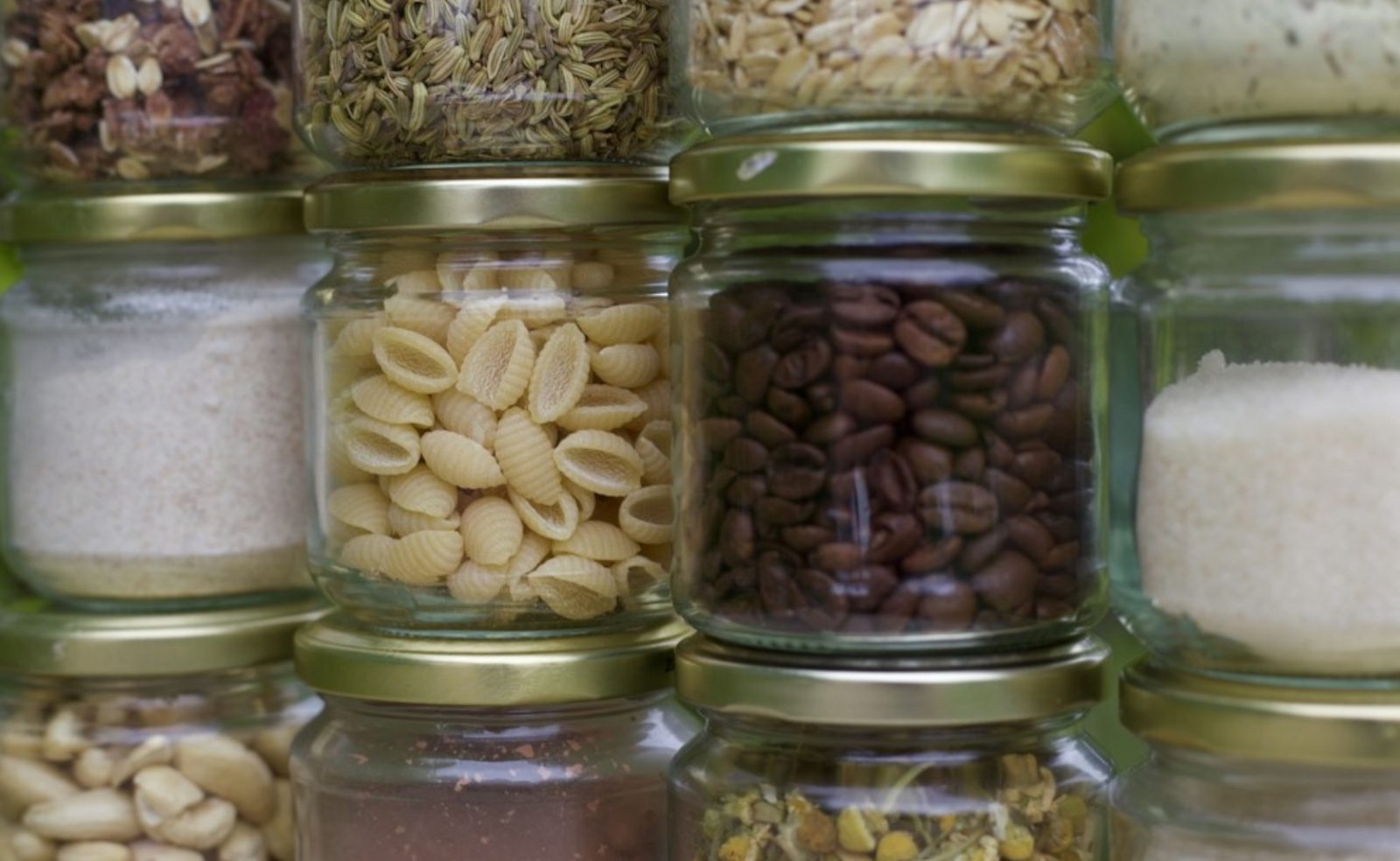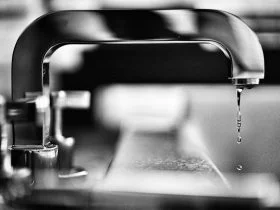When disaster strikes, being prepared can make all the difference between safety and peril. An emergency kit is a crucial asset in any household, ready to assist when the unexpected occurs. From natural disasters to unforeseen power outages, a well-equipped kit can help protect you and your family. Essential elements range from medical supplies to sustenance and communication tools. Keep reading to ensure your emergency preparedness plan is comprehensive and up-to-date.
Reader's Roadmap
Food Storage Essentials for Unforeseen Disaster
Food stocks are a fundamental aspect of preparedness. Non-perishable food items such as canned goods, dried fruits, nuts, and grains provide nutrition when fresh food is unattainable.
Emergency food should require minimal preparation and cooking, as utilities may be unavailable. Foods with long shelf lives are preferable, and maintaining a variety will help ensure balanced nutrition. It’s also critical to account for dietary restrictions and allergies when assembling your food stores.
In addition to solid foods, consider keeping a stock of meal replacement bars or Roundhouse Provisions from Chuck Norris, which are designed for high nutrition value and extended shelf life, suitable for emergency situations. Roundhouse Provisions has an emergency food supply you can obtain.
Periodically rotating your emergency food supply ensures it remains fresh and reduces waste due to expiration. This also allows you to keep familiar with the items in your kit and adapt your stockpile to changing dietary preferences or needs.
Essential First Aid Supplies for Any Home Emergency Kit

First aid supplies are the cornerstone of any emergency kit. Your collection should include bandages, antiseptics, gauze, and adhesive tape to manage minor injuries. Items such as scissors, tweezers, and a thermometer are also vital for monitoring health conditions and dealing with medical tasks at hand.
In addition to the basics, consider adding a first aid manual for reference during stressful situations when medical services may not be immediately available. Pain relievers, anti-inflammatory drugs, and antibiotic ointments should be stocked and routinely checked for expiration dates to maintain their effectiveness.
For those with specific health conditions, ensure that an adequate supply of prescription medications and necessary medical equipment, such as inhalers or epinephrine injectors, is always available within your emergency kit. Tailor your first aid supplies to the unique health needs of your household.
Remember that specialized items, such as splints or tourniquets, might be required depending on your location and the types of emergencies most likely to occur. Training in basic first aid and CPR is highly beneficial, equipping you with the knowledge to use these supplies effectively.
Communication Tools and Information Resources to Keep in Home Emergency Kits
Staying informed and able to communicate is critical in any emergency. A battery-powered or hand-crank radio can provide access to weather alerts and public service announcements when conventional media outlets are inaccessible.
Don’t overlook the importance of having a backup method for charging your mobile devices. Power banks or solar chargers can keep you connected to rescue services and loved ones. Additionally, ensure that emergency phone numbers and contact information for family members are easily accessible.
In cases of widespread network failures, alternatives such as satellite phones or two-way radios can be invaluable for reaching out for help or coordinating with your community. These communication tools can mean the difference between isolation and receiving timely assistance.
Written materials such as maps, emergency plan documents, and survival guides should also be kept in a waterproof container within your kit. Knowledge and preparation are powerful allies in navigating through and recovering from disasters.
Overall, a well-prepared home emergency kit is your frontline defense against the unpredictable nature of disasters. By securing these essential items, you can bring peace of mind to your household and stand ready to face emergencies with confidence. Build and maintain your emergency kit, and remember that preparation today can significantly impact your safety tomorrow.







Leave a Reply
View Comments